Buy a non-contact digital tachometer for motors, engines, aircraft, motorcycles, and cars now available at a cheap price, offering reliable performance for your measurement needs. The non-contact digital tachometer has accurate data, handheld size, and ease of use.
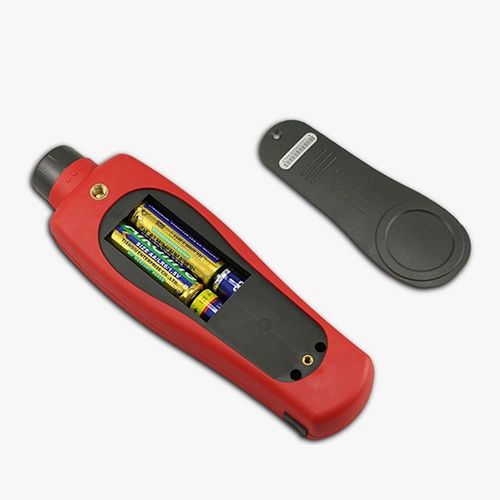
Non-contact Digital Tachometer Functions
-
Counting measurement COUNT, illuminated counting.
-
RPM counting and displaying the number of counts.
-
5-digit liquid crystal display, maximum display 99999.
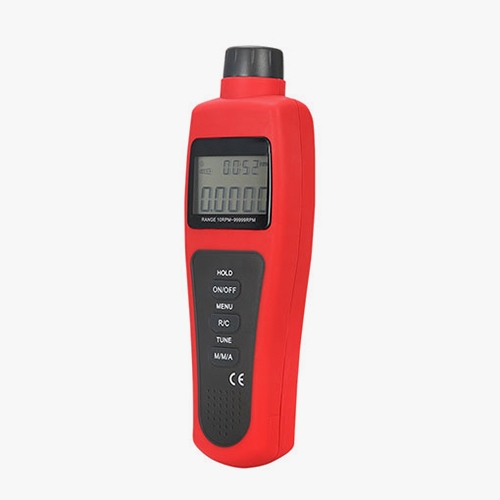
Non-contact Digital Tachometer Features
-
Overload the "OL" display.
-
Low battery indicator.
-
Long life typical 40 hours continuous operation.
Applications
SISCO digital tachometer is a non-contact tachometer, one of the necessary instruments in the mechanical industry to determine a motor's rotational speed, linear speed, or frequency. It is commonly used in manufacturing motors, electric fans, engines, plastic and chemical fibers, diesel, motorcycles, cars, aircraft, and marine vessels.
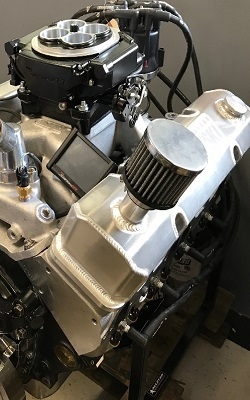
Engine

Marine
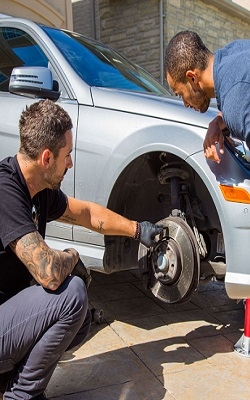
Car
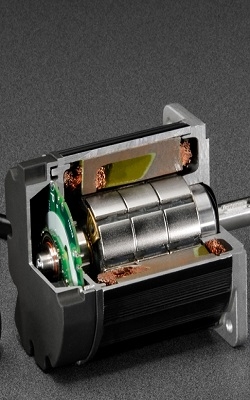
Motor
| Basic functions | Range | Basic accuracy |
| Model | SISCO-DT-UT371 | |
| Speed measurement (RPM) | 10RPM~99RPM | ±(0.03%) |
| ±(0.04%+2) | ||
| 1000RPM~9999RPM | ±(0.04%+2) | |
| 10000RPM~99999RPM | ±(0.04%+2) | |
| Counting | Range:0~99999 | Yes |
| Maximum input frequency: 10KHz, pulse width 5% | ||
| Target distance | 50mm ~200mm | Yes |
| Special function | ||
| Maximum display | 99999 | |
| Digital hold | Yes | |
| Auto power off | About 15 minutes | Yes |
| Low voltage display | ≤4.8V | Yes |
| Maximum value | Yes | |
| Minimum value | Yes | |
| Average value | Yes | |
| General feature | ||
| Power supply | 1.5V alkaline battery (5#) x 4 | |
| LCD size | 53mm × 41mm | |
| Size | 184mm × 56mm × 34mm | |
| Weight | 100g | |
Details
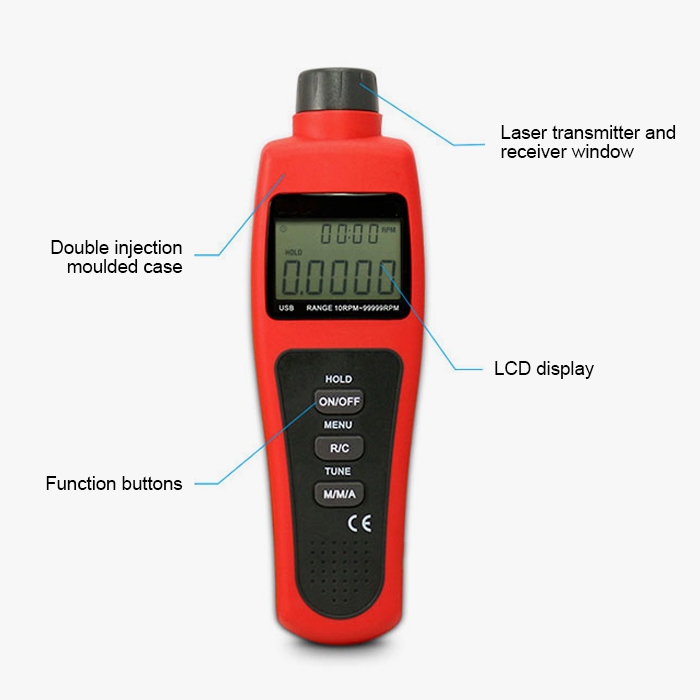
Q1: What is a digital tachometer?
A1: A digital tachometer is an instrument used to measure the rotational speed of a shaft or disk in motors or other machines. It displays the speed in revolutions per minute (RPM) on a digital screen. Digital tachometers are known for their accuracy, ease of use, and ability to provide real-time readings.
Q2: What are the types of digital tachometers?
A2: There are several types of digital tachometers, each designed for specific applications and measurement methods.
- Contact Tachometers: These require physical contact with the rotating object. A probe or wheel is placed against the rotating part, and the tachometer measures the RPM based on the contact.
- Non-contact Tachometers: These use optical or laser methods to measure RPM. A beam of light or laser is directed at a reflective mark on the rotating object, and the tachometer counts the number of reflections per minute.
- Handheld Tachometers: Portable and easy to use, these can be either contact or non-contact and are used for on-site measurements.
- Laser Tachometers: A subset of non-contact tachometers, these use laser technology for high precision and can measure from a distance.
Q3: What is the use of a digital tachometer?
A3: A digital tachometer is used to measure the rotational speed of an object, typically a motor or other machinery. Here are some common uses.
- Industrial Applications: Monitoring and controlling the speed of machines and motors to ensure they operate within safe and efficient ranges.
- Automotive Industry: Measuring engine RPM to diagnose performance issues or ensure optimal operation.
- Maintenance and Troubleshooting: Detecting mechanical issues in rotating equipment by monitoring speed irregularities.
- Research and Development: Gathering data on the performance of prototypes and experimental setups.
- HVAC Systems: Measuring fan and blower speeds to ensure proper airflow and system efficiency.
- Quality Control: Ensuring that products requiring rotational components meet specified speed criteria during production.
Tips: How to calibrate a digital tachometer?
- Use a Reference Standard: Select a known accurate RPM source.
- Set Up Tachometer: For contact models, attach the tip; for a non-contact, position with reflective tape.
- Measure and Compare: Measure RPM and compare to the reference standard.
- Adjust Calibration: If readings differ, adjust settings per the manufacturer's instructions.
- Verify: Re-check readings for accuracy.
- Document: Record the process and results.
Thank you for buying industrial test and measurement equipment on SISCO.com, all products sold by SISCO and the partner cover a 12 months warranty, effective from the date of receiving the products.
What is covered?
SISCO is responsible for providing free spare parts, and free technical support to assist the customer to repair the defective products until the problem is solved.
What is not covered?
- Product purchased from anyone other than a SISCO store or a SISCO authorized reseller.
- Expendable parts.
- Routine cleaning or normal cosmetic and mechanical wear.
- Damage from misuse, abuse or neglect.
- Damage from use of parts other than SISCO approved.
- Damage from use outside the product’s usage or storage parameters.
- Damage from use of parts not sold by SISCO.
- Damage from modification or incorporation into other products.
- Damage from repair or replacement of warranted parts by a service provider other than a SISCO authorized service provider.
- Damage caused by the application environment not meeting the product usage requirements and the failure to perform preventive maintenance.

